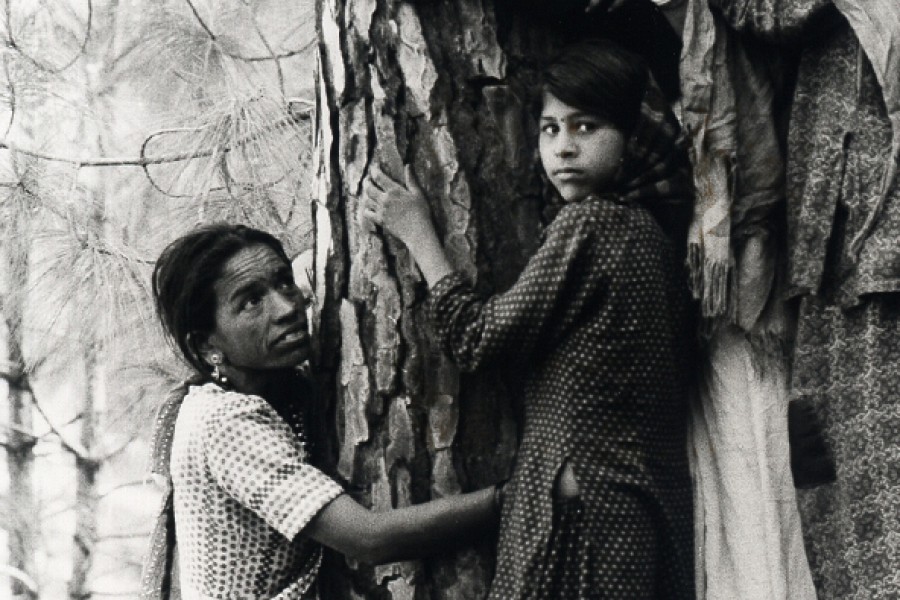How does this encounter make you feel?


A tree resists being cut down as it is embraced by Chipko women,
c. 1970
-
Bright emotions
-
Not at all Extremely
-
-
Quiet emotions
-
Not at all Extremely
-
-
Heavy emotions
-
Not at all Extremely
-
-
Sombre emotions
-
Not at all Extremely
-

Compare yourself to others
Choose different variables below, and see the patterns of response reflected in the circle of emotion above. Your responses are the coloured wedges. Others' responses are averaged in the spider graph of lines and dots.

Date: c. 1970
Creator of the image: Unknown Date of the image creation: c. 1970 Medium: Photograph Person depicted: Women of the Chipko movement ‘Chipko’ is a Hindi word that means ‘embrace’, and it became the name of a large movement of mostly women in India. The name Chipko can be traced back to a poem compose by the folk poet Ghanshyam Raturi in 1972, the year that widespread organized protests against the commercial deforestation of Northern India began. The brief poem runs: Embrace the trees and Save them from being felled; The property of our hills, Save them from being looted. Primarily a forest-conservation movement, the Chipko women hugged trees to prevent them from being logged by contracted foresters. Driven by a desire for political and ecological justice, the Chipko movement fought for forests, while being concerned with the organization of women — often attracting abused women via their anti-alcohol attitude. They worked towards local forest-based industries being owned and operated by the local residents. The Chipko movement, or Chipko Andolan, should be understood historically, philosophically, organizationally, and tactically as an extension of Gandhian satyagraha, the doctrine of non-violent resistance and civil disobedience. The movement was significant because it took off in post-independence India, hence drawing attention to the continuation of colonial practices after the withdrawal of the British Empire. Also, it was significantly globally, for the Chipkos began at a time when there were almost no ecologically minded protest movements in the Third World. Influenced by ecosocialism and ecofeminism, the Chipkos are still an active for in Northern India. This photograph depicts a number of women hugging a large pine tree on growing on a steep slope. Two women fill this cropped frame, with the younger one turning her eyes towards the camera as she holds onto the tree’s rugged bark.





